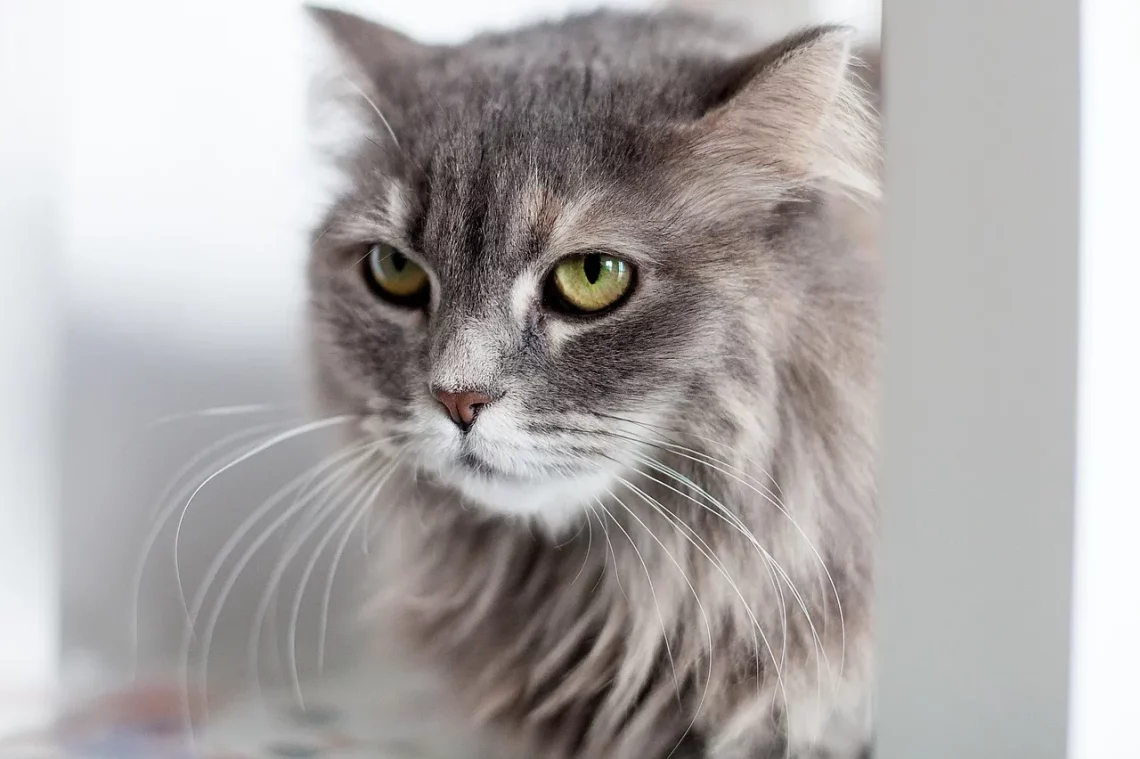
Chronic Rhinosinusitis in Cats: Steroid or Benadryl Treatment Options
Chronic rhinosinusitis is a complex condition that affects many cats, causing persistent inflammation of the nasal passages and sinuses. This condition can lead to discomfort, nasal discharge, and breathing difficulties, significantly impacting a cat’s quality of life. The underlying causes of chronic rhinosinusitis can vary, including allergies, infections, or even structural abnormalities within the nasal cavity.
As pet owners, it’s essential to recognize the signs of this condition and seek appropriate care. Managing chronic rhinosinusitis requires a comprehensive understanding of the available treatment options, including the use of steroids and antihistamines like Benadryl. Both treatments have their merits and potential drawbacks, making it crucial to weigh the options carefully.
In the following sections, we will explore the various aspects of chronic rhinosinusitis in cats, delving into treatment methodologies, the role of steroids, and the effectiveness of Benadryl. This will provide a clearer picture for cat owners looking to alleviate their feline companions’ discomfort and improve their overall well-being.
Understanding Chronic Rhinosinusitis in Cats
Chronic rhinosinusitis (CRS) is a long-lasting inflammation of the nasal and sinus cavities in cats. It can manifest in various ways, including nasal congestion, discharge, sneezing, and even changes in appetite due to the inability to smell properly. The symptoms may persist over weeks or months, making it challenging for pet owners to identify the underlying cause.
The etiology of chronic rhinosinusitis is multifactorial. Allergens such as pollen, dust mites, and mold can trigger allergic reactions in sensitive cats. In some cases, viral or bacterial infections can initiate an inflammatory response, leading to prolonged symptoms. Moreover, anatomical issues, such as polyps or tumors, can obstruct normal airflow and drainage, exacerbating the condition.
Diagnosis typically involves a thorough veterinary examination, including a review of medical history and potential diagnostic imaging to assess the sinuses. In some cases, a rhinoscopy may be performed to visualize the nasal passages directly and obtain samples for laboratory testing. This diagnostic process is crucial as it helps to distinguish chronic rhinosinusitis from other respiratory conditions, ensuring that the treatment plan is tailored appropriately.
Understanding the chronic nature of this condition is vital for cat owners. Unlike acute infections, which may resolve with simple treatment, chronic rhinosinusitis often requires a long-term management strategy. This can include environmental modifications to reduce allergen exposure, regular veterinary check-ups, and the use of medications to control inflammation and alleviate symptoms.
The Role of Steroids in Treatment
Steroids, particularly corticosteroids, are commonly prescribed to manage chronic rhinosinusitis in cats. These medications work by reducing inflammation in the nasal passages and sinuses, thereby alleviating symptoms such as swelling, congestion, and discharge. Corticosteroids can be administered orally, injected, or delivered as a nasal spray, depending on the severity of the condition and the cat’s individual needs.
One of the significant advantages of steroid treatment is their rapid effectiveness. Many cats experience relief from their symptoms within days of starting a corticosteroid regimen. This quick action can be particularly beneficial for cats suffering from severe inflammation or when immediate symptom management is necessary.
However, long-term steroid use does carry potential risks. Prolonged administration can lead to side effects, including increased thirst and urination, weight gain, and a weakened immune system. Therefore, veterinarians often recommend using steroids as part of a comprehensive treatment plan, aiming to minimize the dose and duration of use while still achieving effective symptom control.
Monitoring is critical during steroid treatment. Regular check-ups allow veterinarians to assess the cat’s response to the medication and make necessary adjustments based on the effectiveness and any side effects observed. Additionally, combining steroids with other therapeutic approaches, such as antihistamines or immunotherapy for allergies, can provide a more balanced management strategy.
Ultimately, while steroids can significantly improve the quality of life for cats suffering from chronic rhinosinusitis, their use should be carefully managed to avoid potential complications associated with long-term treatment.
Exploring Antihistamines: Is Benadryl Effective?
Benadryl, or diphenhydramine, is an antihistamine commonly used to treat allergic reactions in both humans and animals. Its primary function is to block the effects of histamine, a chemical released during allergic responses, which can contribute to symptoms like itching, sneezing, and nasal congestion. For cats with chronic rhinosinusitis, Benadryl may be considered as part of a broader treatment strategy, especially if allergies are identified as a contributing factor.
The effectiveness of Benadryl in treating chronic rhinosinusitis can vary among individual cats. While some may respond well to the antihistamine, others might not experience significant relief from their symptoms. The appropriate dosage is crucial, as cats are more sensitive to medications than humans. It’s essential for pet owners to consult with their veterinarian before administering Benadryl to ensure safety and efficacy.
One of the advantages of using Benadryl is its relatively low risk of side effects compared to corticosteroids. While some cats may experience drowsiness, dry mouth, or gastrointestinal upset, these effects are generally mild and transient. This makes Benadryl an appealing option for short-term management of allergy-related symptoms in cats with chronic rhinosinusitis.
However, it is important to note that antihistamines like Benadryl do not address the underlying inflammation in the nasal passages, which is a significant aspect of chronic rhinosinusitis. Therefore, while Benadryl may help alleviate some symptoms, it is often used in conjunction with other treatments, such as corticosteroids or environmental changes, for a more comprehensive approach to managing the condition.
Pet owners should also be aware that not all antihistamines are safe for cats. Some human medications can be toxic to felines, reinforcing the importance of veterinary guidance when considering any form of medication.
Environmental and Lifestyle Modifications
In addition to medication, environmental and lifestyle modifications play a crucial role in managing chronic rhinosinusitis in cats. By reducing exposure to allergens and irritants, pet owners can significantly improve their cat’s quality of life and minimize the frequency and severity of flare-ups.
One effective strategy is to maintain a clean living environment. Regularly vacuuming and dusting can help eliminate potential allergens such as dust mites and pet dander. Using air purifiers can also reduce airborne irritants, providing a healthier atmosphere for your cat. It’s important to choose pet-friendly cleaning products, as strong chemicals can exacerbate respiratory issues.
Humidity levels should also be monitored. Dry air can irritate the nasal passages, contributing to discomfort and inflammation. Using a humidifier, particularly during dry seasons, can add moisture to the air and help ease breathing difficulties. Conversely, excessive humidity can promote mold growth, so finding a balance is essential.
Dietary considerations may also play a role in managing chronic rhinosinusitis. Some cats may benefit from a hypoallergenic diet, particularly if food allergies are suspected to contribute to their symptoms. Consulting with a veterinarian about appropriate dietary choices tailored to your cat’s specific needs can be beneficial.
Regular veterinary check-ups are critical to monitor your cat’s condition and adjust the management plan as needed. Open communication with your veterinarian about your cat’s symptoms and any changes in behavior will help ensure the best possible care.
By combining medical treatments with thoughtful environmental modifications, cat owners can create a supportive space that promotes healing and comfort for their feline companions.
—
This article is intended for informational purposes only and should not be considered medical advice. Always consult a veterinarian for health-related concerns regarding your pet.




